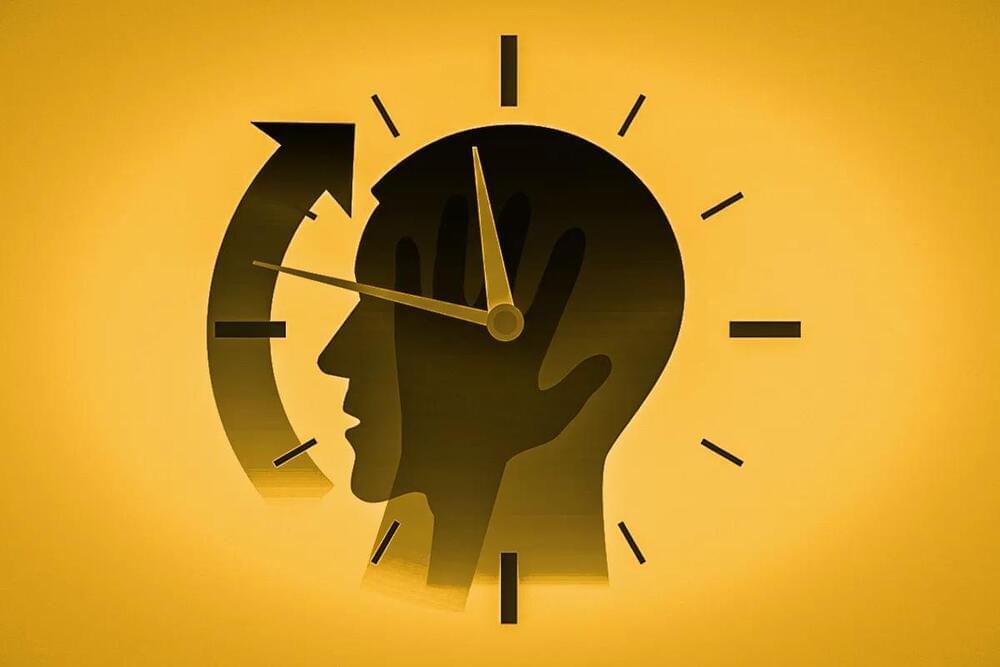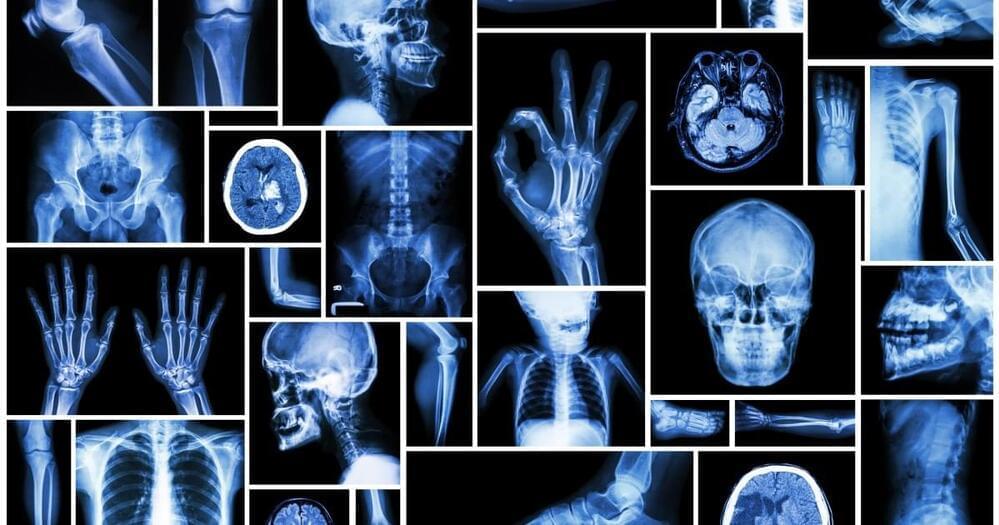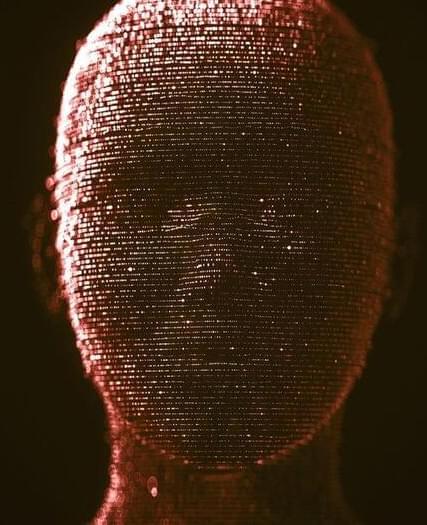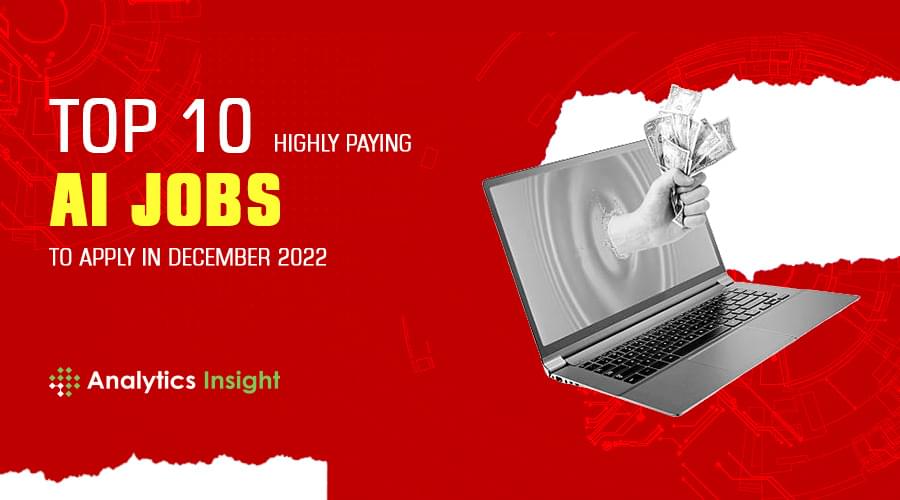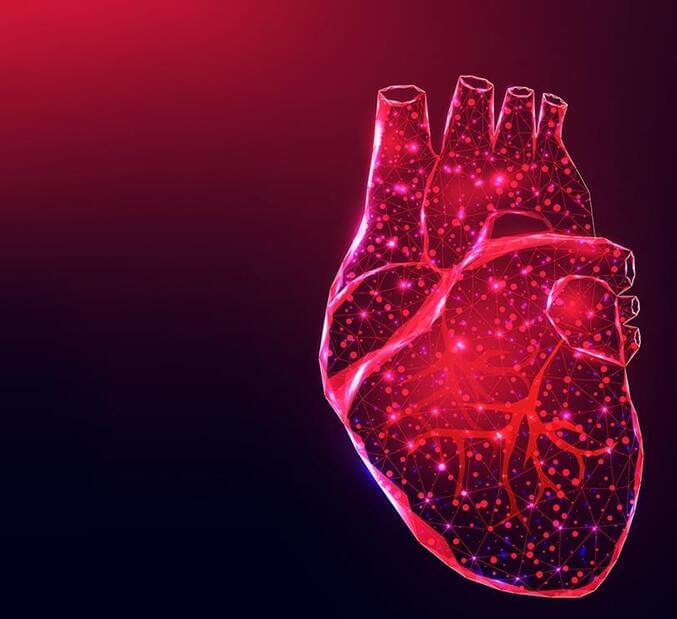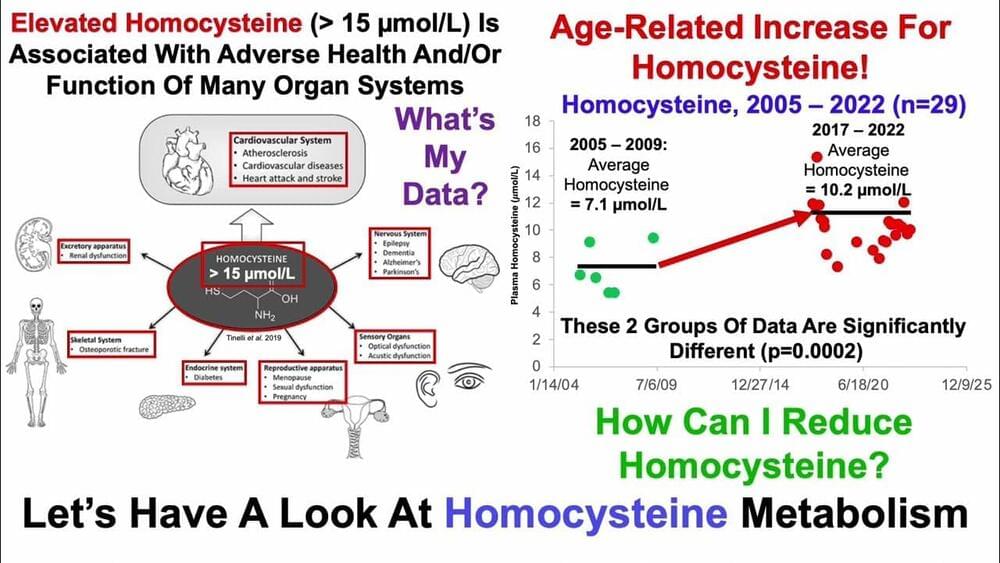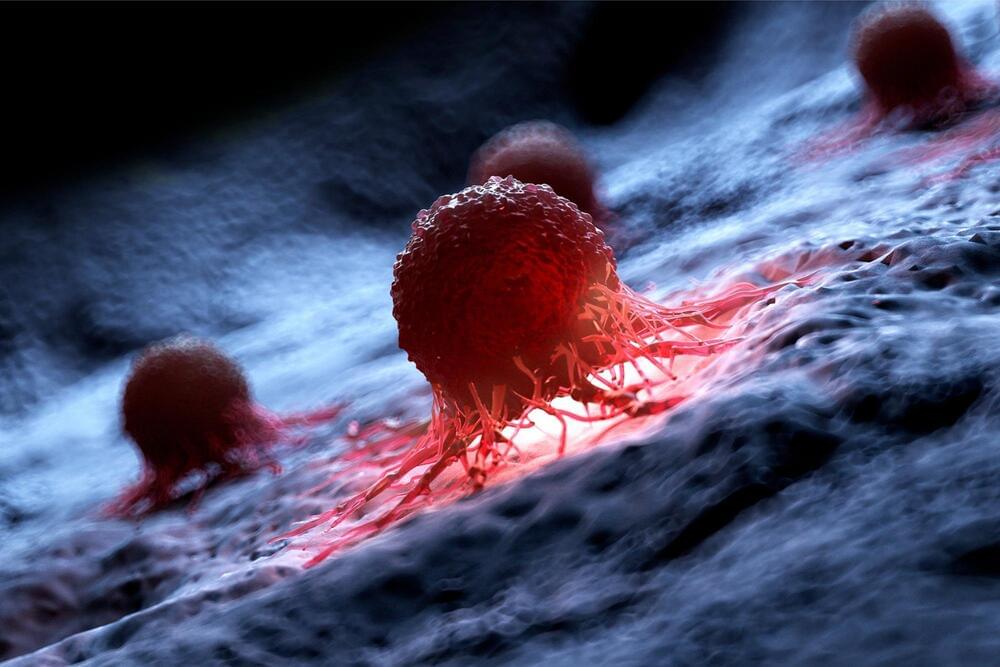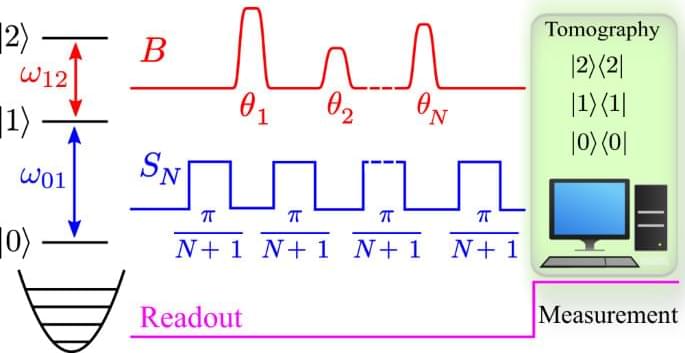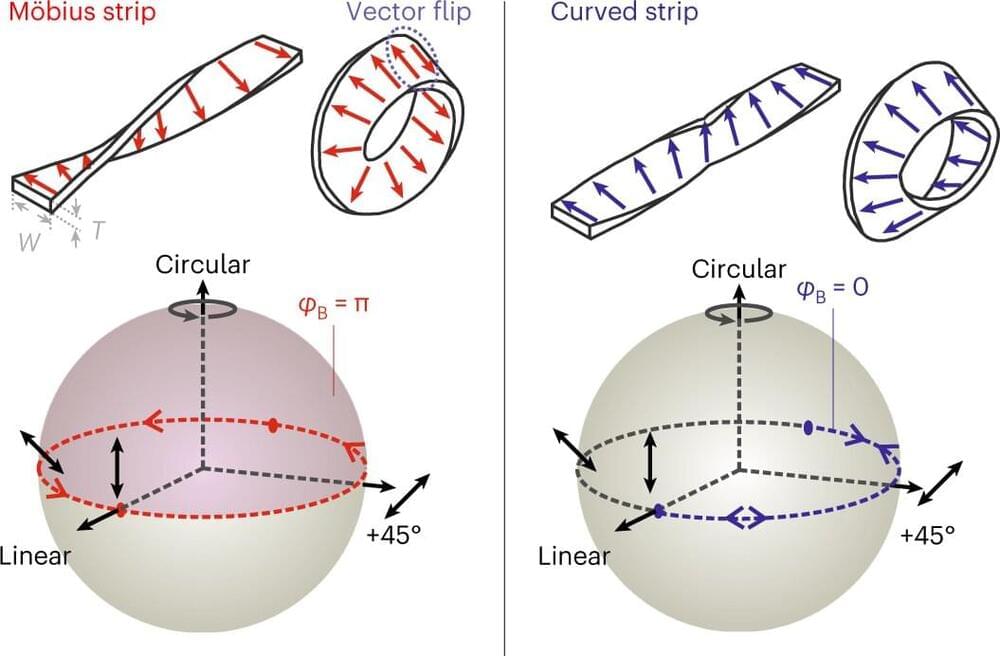With Christmas Day behind us, it’s the time of year when thoughts make a bend towards the future. And for the longevity space, 2023 is set to be a very exciting year – 2022 certainly kept Longevity. Technology busy news-wise and we suspect the coming year will turn it up to 11.
Longevity. Technology: We spend a significant amount of time analysing the longevity market and the companies therein; to assist us in the mammoth task (there are over 560 longevity companies in our database, and the number is climbing!), we have categorised these companies by domain, and we have 25 domains of longevity.
Here, in no particular order, are five companies (plus Altos, natch) that we expect to be making headlines in 2023; we’ve categorised these by longevity domain for your reading pleasure.
